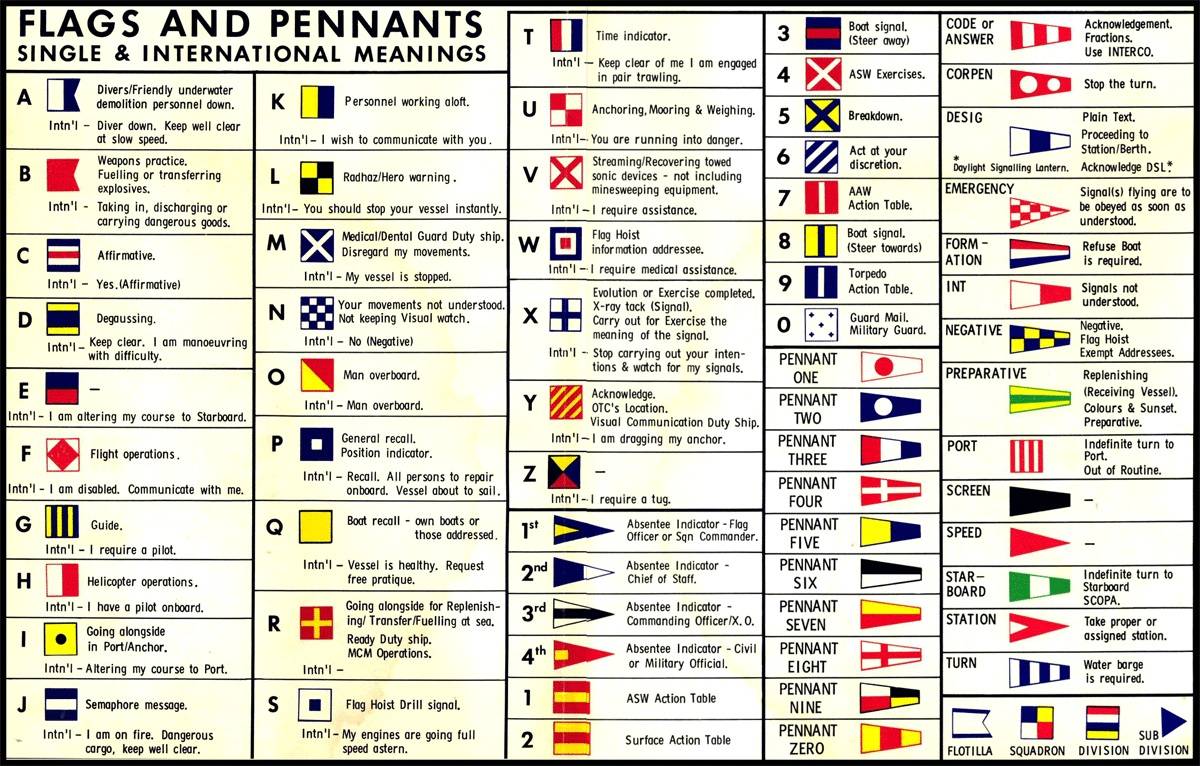International Phonetic Alphabet, IPA (also known as NATO phonetic alphabet, Alpha Bravo Charlie phonetic alphabet, ICAO phonetic alphabet, ITU phonetic alphabet) - is a system of writing according to the International Code of Signals (United States, 1969), which is commonly used in maritime, shipping and logistics as an accurate and unified spelling to avoid any confusions. In short, here it goes:
| A | ALPHA | N | NOVEMBER |
|---|---|---|---|
| B | BRAVO | O | OSCAR |
| C | CHARLIE | P | PAPA |
| D | DELTA | Q | QUEBEC |
| E | ECHO | R | ROMEO |
| F | FOXTROT | S | SIERRA |
| G | GOLF | T | TANGO |
| H | HOTEL | U | UNIFORM |
| I | INDIA | V | VICTOR |
| J | JULIET | W | WHISKY |
| K | KILO | X | X-RAY |
| L | LIMA | Y | YANKEE |
| M | MIKE | Z | ZULU |
Have you ever heard someone trying to convey a complex name or e-mail address over the phone? Surely you yourself have tried to convince someone "es - like dollar," "Latin u" ... - and in the end did not receive an important message, because your interlocutor still somehow confused in address. Is there really no way to avoid these problems? As it was said in the once popular books on technology, "there is nothing easier!". And the solution to this problem has almost 100 years. - says Juan Koss, an editor from DoMyWriting company.
Since the end of the XIX century, since the invention of Alexander Bell phone, a person can talk with another person who is at any distance from him as far as he likes. First by wires, then, beginning in the 1920s, by radio. And almost immediately there was a problem - how to convey an accurate information, for example, names and addresses. And in some cases the life and health of people directly depends on the accuracy of information as was stated by Ezassignmenthelp.com experts.
If the wireless is Morse code or letter printing, the transmission by the Bodo code (all known telegrams) implies full documentary accuracy of each sign transmission, then there is no such clearness in the voice connection. The speaker can lisp, jangle, be cold, there may be interference in the communication channel. Already during the First World War, when telephone communication became widely used in hostilities, the British military signalmen came up with a code language for signalese, which can be translated roughly as a "communication language". This was an attempt to call each letter a certain word: A - Ack, B - Beer, etc. Some concepts were also coded. For example, the word "anti-aircraft", anti-aircraft (or AA), received a replacement for these two letters "ack-ack" (which may have been similar to imitating the sound of barking antiaircraft guns).
The system of assigning each letter of a codeword has taken root not only in English, but also in most European languages. With the development of long-distance telephone and radiotelephone communications in the 1920s, the need for unification of code words arose, so that radio and telephone operators of different countries could understand the information transmitted by voice unequivocally.
This involved aviation - with its development, arose the need for a correct understanding by the radio operators and pilots of voice information transmitted from the ground by flight control services. As a result, the International Telecommunication Union (ITU) in 1927 adopted a standard phonetic alphabet at its conference. The same standard was adopted by the ICAO - International Civil Aviation Organization. With some changes, this alphabet has survived to the present day. It was readily accepted by the police, rescue organizations, radio amateurs. Phonetic alphabets are often printed on the first pages of telephone directories for the convenience of subscribers.
As a rule, the English phonetic alphabet is understood in many countries, and for the beginning, it would be sufficient to know it - says English tutors form Preply.com. Who should know it? First, secretaries and managers, if they want to be professionals, because to transmit information over the phone is their daily work. Entrepreneurs. Law enforcement officers. Dispatchers. And everyone else who has to communicate over the phone. It would be nice for printers to print a phonetic alphabet on the back cover of school notebooks, as a multiplication table, so that just as the multiplication table, we knew the phonetic alphabet on a subconscious level - it's hard to imagine that a modern person, at least once in his life, did not dictate to someone the e-mail address.
Want to become more professional in specialized English? Download the e-book Marion Grussendorf - English for Logistics just for free!
Still you have one for the Resource, in general educational purposes ([email protected]) or business goals ([email protected]) - easy, istn't it? Join our Channel to stay tuned about coolest Shipping trends, or share your knowledge in our Comfortable Chat.
Relevant links:

